Panamericana - A gift for the good doctor
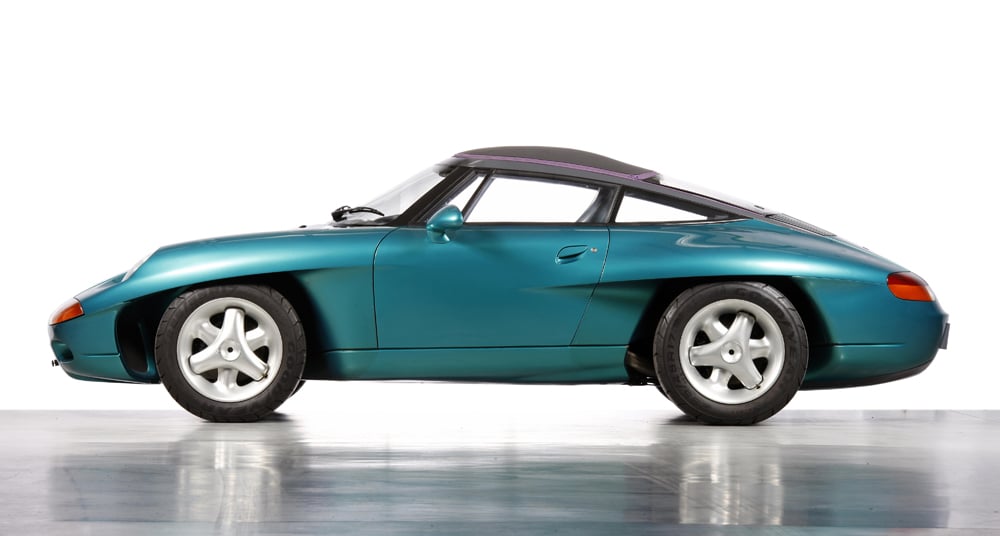
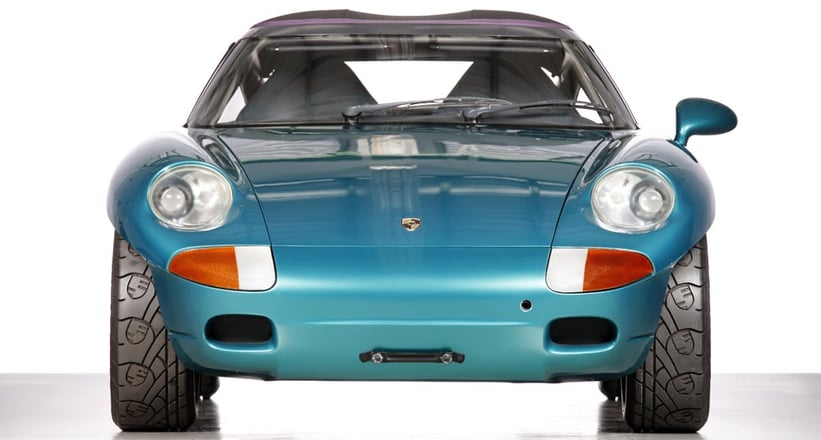
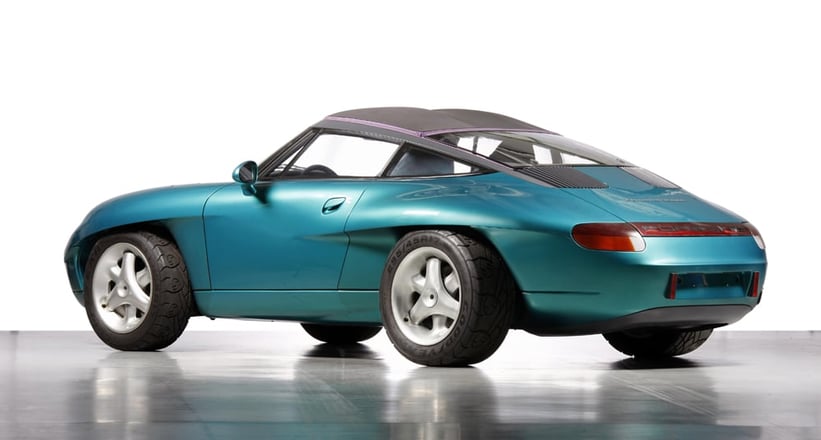
In 1989, Porsche employees created an extravagant present for Dr. Ferry’s 80th birthday. Christened the Panamericana, it also doubled up as a technological showcase of the company’s ever-forward thinking, and stole the show during its surprise reveal at the Frankfurt Motor Show. Semi-open wheels, a wraparound glasshouse and chunky styling meant it was never destined to go into production, but Porsche insisted it might “indicate the potential of future developments for the 911”. A favourite detail of ours is the simplified Porsche shield etched into the tread of the largely exposed tyres.
Hispano Alemán Vizcaya 914/6 by Frua
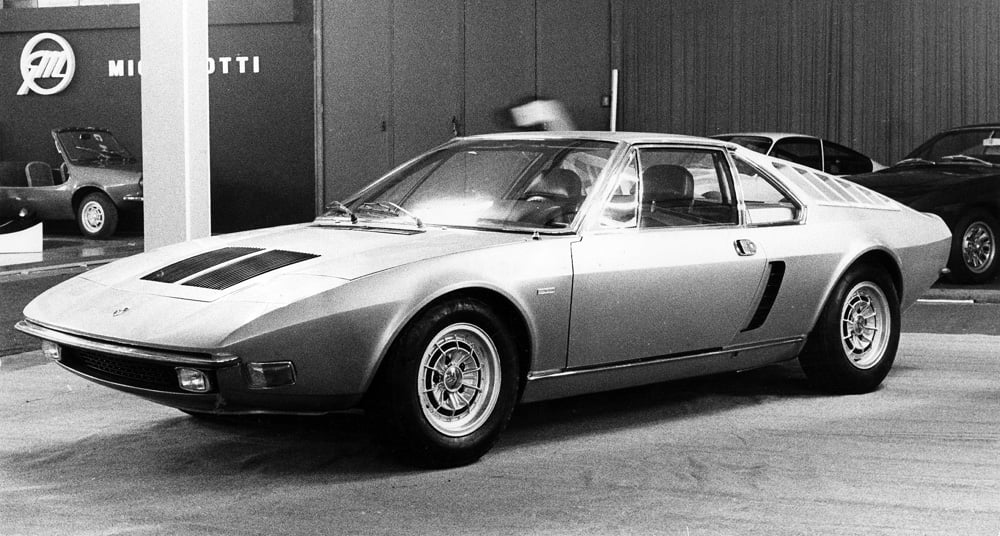
When it was introduced in 1970, the Porsche 914/6 opened Stuttgart sports car ownership to a wider audience – but its styling wasn’t met with appreciation from all. One nonplussed marque enthusiast was Porsche’s importer to Spain, Werner Bernhard Heiderich. A few years prior, he had begun producing buggy-bodied VW Beetles under the name Hispano Alemán, and he soon set to work on the 914/6. Enlisting the styling services of Italian coachbuilder Frua, he produced a showcar in time for the 1971 Geneva Motor Show, complete with a wedge-shaped design akin to concepts of the era, as well as louvred buttresses. Porsche was supposedly interested in producing a limited run, but it was not to be: Heiderich and Frua became embroiled in a legal battle that wasn’t resolved until 1976, by which time the 914/6 had gone out of production.
Porsche T7 - The original 911
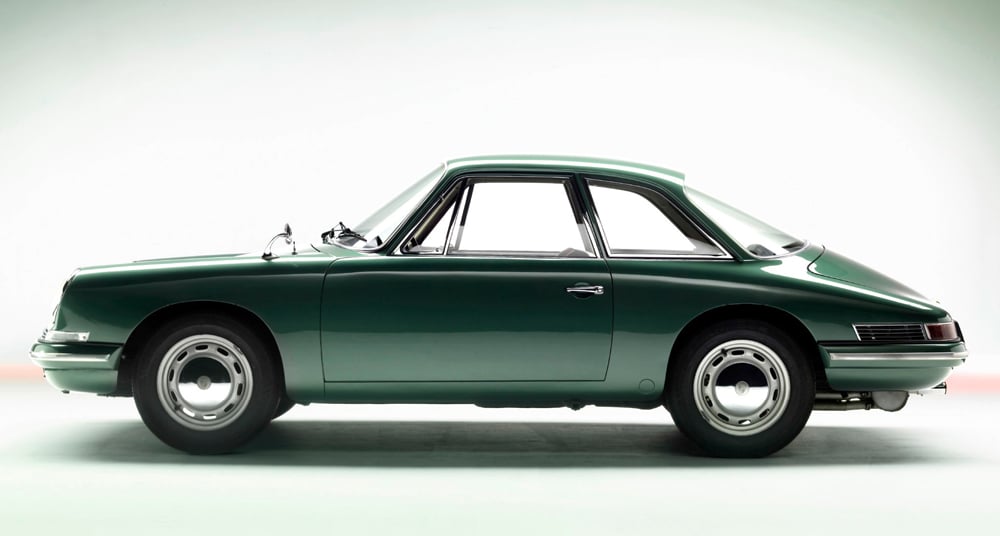
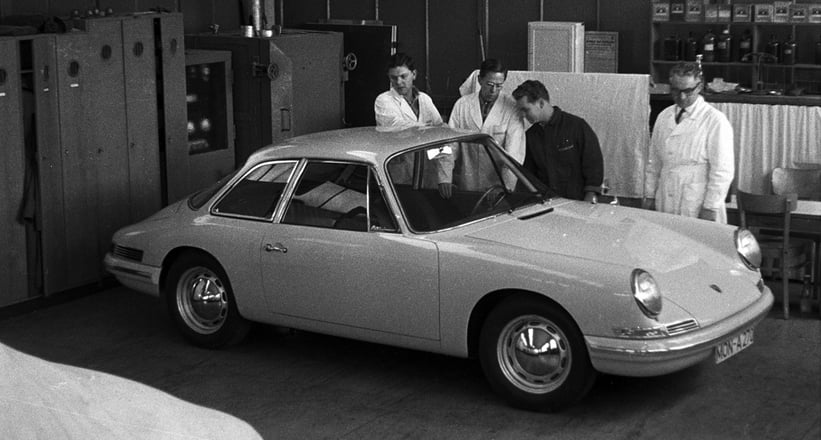

The 1959 T7, also known as 754 in Stuttgart-speak, was one of the original prototypes of the 911 (or at the time, the 901). Penned by F.A. ‘Butzi’ Porsche, its front-end styling was largely carried forward into production. However, Butzi’s father Ferry was unconvinced by the styling from the A-pillar backwards, preferring the fastback roofline of the Porsche 356 Coupé. Butzi literally went back to the drawing board, and created the classic Porsche 911 we all know and (mostly) love. It was this same period of gestation that saw the 911 gain its trademark boxer-six, in place of the T7’s 1.9-litre four-pot.
Porsche 984 'Junior'
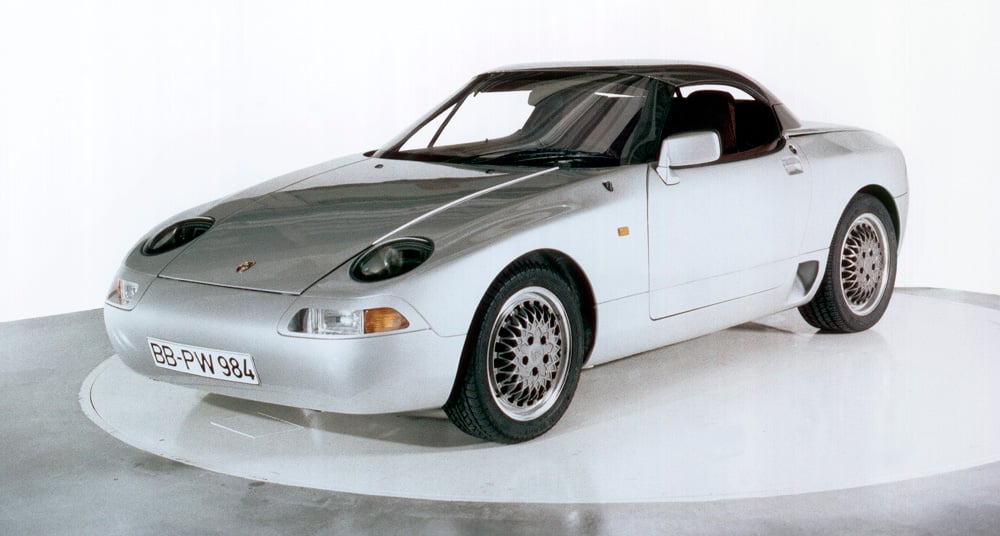
Also given a four-cylinder in prototype form before being blessed with a boxer-six in production trim was the 984, otherwise known as the ‘Junior’. Developed in the mid-80s, it was a precursor to the first-generation Porsche Boxster and was also a mid-engined roadster. Unlike its eventual production successor, though, it had a novel folding hardtop roof, which flipped back and away in the same manner as a Ferrari 575 Superamerica. Only one 984 was built, and it currently resides in the Porsche Museum along with the Panamericana and the T7.
Porsche Tapiro by Italdesign
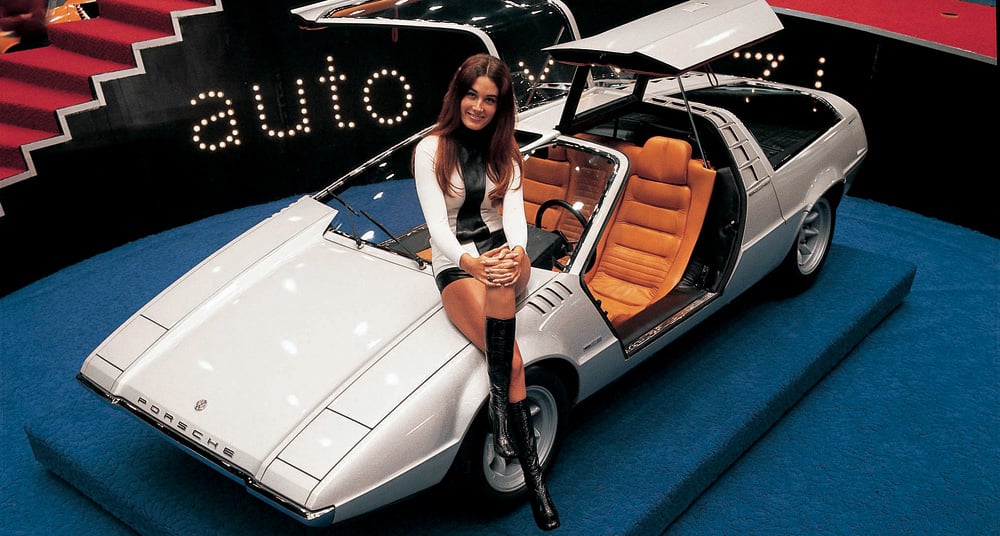
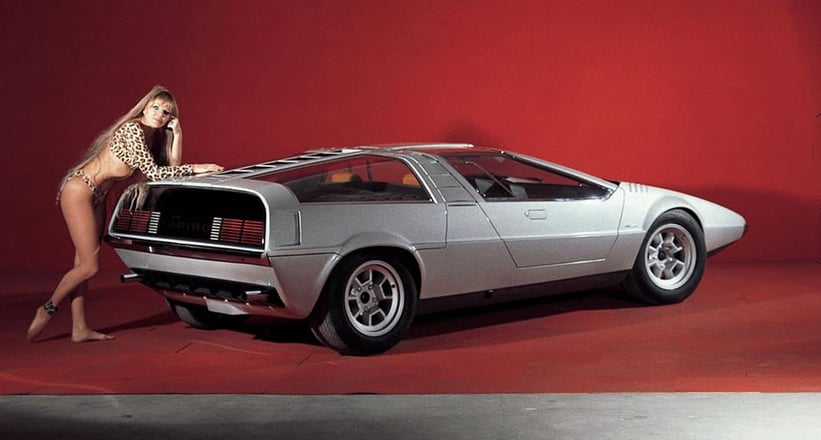
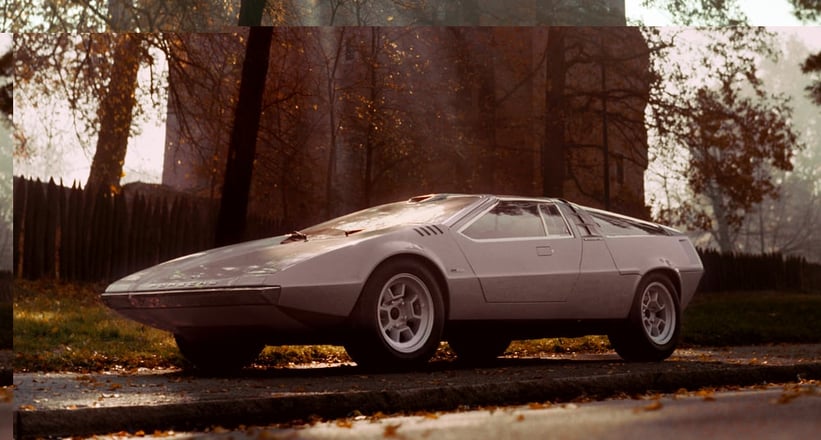
Spain’s Porsche importer wasn’t the only notable figure unimpressed with the styling of the 914/6. Giorgetto Giugiaro, who had recently founded Italdesign, was another – and for the 1970 Turin Motor Show, he presented his vision of a modern, mid-engined Porsche. The Tapiro used a 914/6 platform but was otherwise outwardly unrecognisable, and was named as such due to its resemblance to the pig-like tapir mammal; both shared a long, pointy nose and a high tail. Though never destined for production, it would influence countless other designs (particularly Giugiaro’s own): the Maserati Boomerang, Maserati Bora and Delorean DMC-12 all had obvious traces of the wedgy Porsche, while the butterfly engine covers were realised in production form on the De Tomaso Mangusta.

























